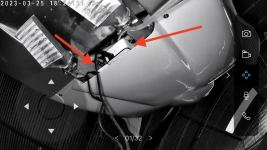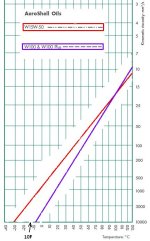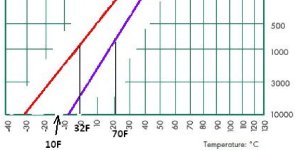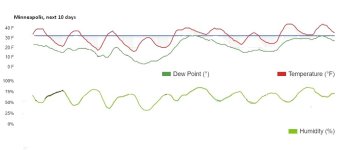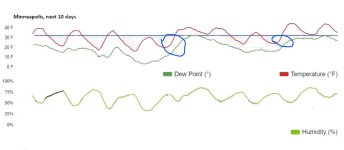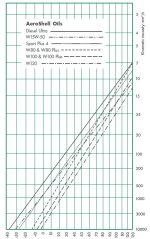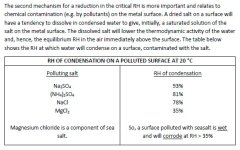That is far more important than oil temp. If oil is warm but the remainder of the engine is cold then the issues inherent with a cold start won't be completely addressed. But if heating the oil transfers heat to the CHT probes we can assume the crank journals and cylinder bores have been preheated so the start won't put undue stress on the engine.
Is the heat “enough”? Hard to say, but warmer is always going to be better than stone cold….
I pulled these quotes from another thread, so as to not drift that product review.
Sam and Paul are respected sources. Their comments are fundamentally expansions on manufacturer's recommendations. Question is, are those recommendations uniformly valid? What are the unnamed inherent issues, and why is warmer better?
Examine the service instructions, and you'll find only a few specific concerns, notably (1) lubrication failure due to congealed oil, (2) poor fuel vaporization, and (3) battery and starter load. Note #3 is almost entirely due to #1, oil viscosity.
Here's the thing...those three issues are based in 1950's tech. A high percentage of the RV fleet operates with multi-grade oil, electronic ignition, and improved cranking components. There is no significant oil viscosity or lubrication problem with 15W, the EI produces full spark energy at near zero RPM, and users rave about their LiFePO batteries.
So, for purposes of discussion, set those three aside. What specific mechanical issues are addressed with preheat?
I'll offer an example. Consider the effects of CTE (coefficient of thermal expansion) on a cylinder. An aluminum piston in a steel bore means clearance gets larger when cold and smaller when we preheat. Specifically, given a 5.125" cylinder, a 60F temperature delta (70-10) only changes clearance a bit less than 0.002". Starting with increased clearance this small is no big deal, so is preheat really necessary for cylinder health?
Last edited:



